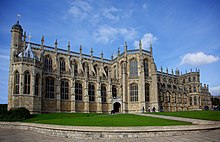A royal peculiar is a Church of England parish or church exempt from the jurisdiction of the diocese and the province in which it lies, and subject to the direct jurisdiction of the monarch.
The Dean of the Chapel Royal, in any kingdom, can be the title of an official charged with oversight of that kingdom's chapel royal, the ecclesiastical establishment which is part of the royal household and ministers to it.
Edmund Horace Fellowes was a Church of England clergyman and musical scholar who became well known for his work in promoting the revival of sixteenth and seventeenth century English music.

St George's School, Windsor Castle is a co-educational private preparatory school in Windsor, near London, England. Founded to provide choirboys for the Choir of St George's Chapel, it now educates over 400 boys and girls.
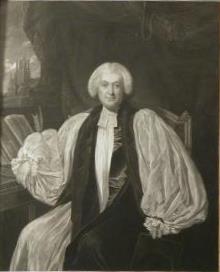
James Yorke was a British clergyman.
Ralph Brideoake (1612/13–1678) was an English clergyman, who became Bishop of Chichester.

St Peter's Collegiate Church is located in central Wolverhampton, England. For many centuries it was a chapel royal and from 1480 a royal peculiar, independent of the Diocese of Lichfield and even the Province of Canterbury. The collegiate church was central to the development of the town of Wolverhampton, much of which belonged to its dean. Until the 18th century, it was the only church in Wolverhampton and the control of the college extended far into the surrounding area, with dependent chapels in several towns and villages of southern Staffordshire.

St George's Chapel, formally titled The King's Free Chapel of the College of St George, Windsor Castle, at Windsor Castle in England is a castle chapel built in the late-medieval Perpendicular Gothic style. It is a Royal Peculiar, and the Chapel of the Order of the Garter. St George's Chapel was founded in the 14th century by King Edward III and extensively enlarged in the late 15th century. It is located in the Lower Ward of the castle.

The historical monographs relating to St George's Chapel, Windsor Castle are a series of scholarly publications supported by the Dean and Canons of Windsor. Much of the scholarship is based on the material held in the archives at St. George’s Chapel, Windsor Castle.
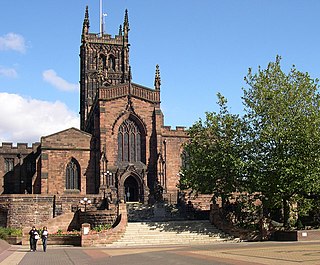
The Dean of Wolverhampton was the head of the chapter of canons at St Peter's Collegiate Church, Wolverhampton, until the chapter was disestablished in 1846. The collegiate church was, until that point, a royal peculiar falling outside of the diocesan and provincial structures of the Church of England. Today, the church is district church within a team parish led by a rector, although it has its own vicar and curate within the team. It is now part of the Diocese of Lichfield.
Hon. Henry Lewis Hobart was an English Anglican priest who became Dean of Windsor and thus Dean of Wolverhampton.

St. John's Church is a Grade II* listed Church of England parish church in Wolverhampton.
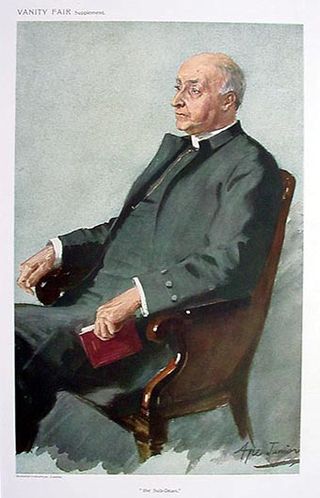
Rev. Canon. James Edgar Sheppard was a Canon of Windsor from 1907 to 1921.
Richard Surland was a canon of Windsor from 1488 to 1509
Hon. Leonard Francis Tyrwhitt, MVO, OBE was a Canon of Windsor from 1910 to 1921
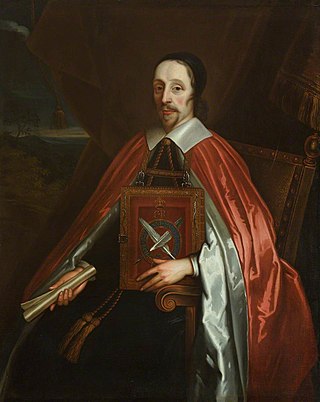
Christopher Wren B.D. was an Anglican cleric who was Dean of Windsor from 1635 until his death, and the father of the prominent architect Christopher Wren.
Richard Postell was a Canon of Windsor from 1373 to 1400 and Dean of Wolverhampton.
Thomas Danett was a Dean of Windsor from 1481 to 1483.

St Mary's Hospital was a medieval almshouse and chantry in Wolverhampton, associated with St Peter's Collegiate Church. It was founded in the 1390s and disappeared with the abolition of the chantries in the reign of Edward VI. The only vestige today is in the form of a street name.

Sandleford Priory was a small Augustinian Priory, the remains of which now stand at Sandleford in the civil parish of Greenham in the English county of Berkshire.
